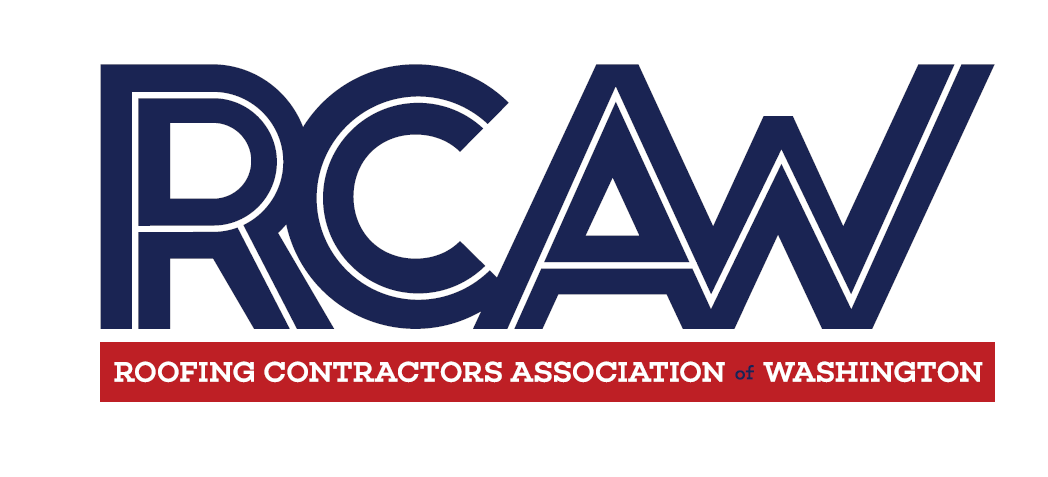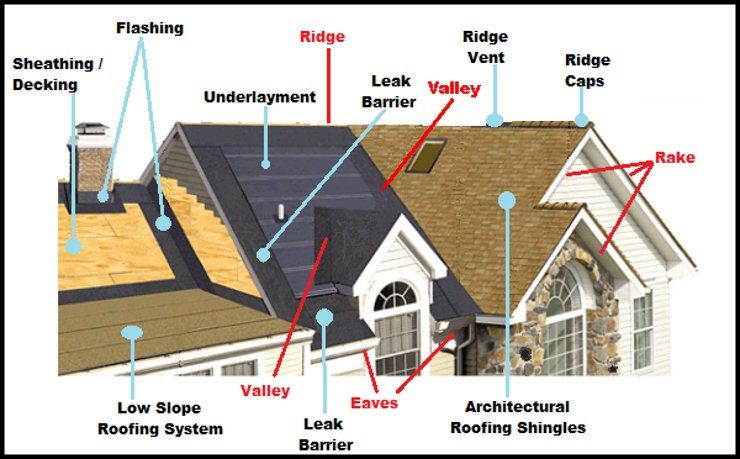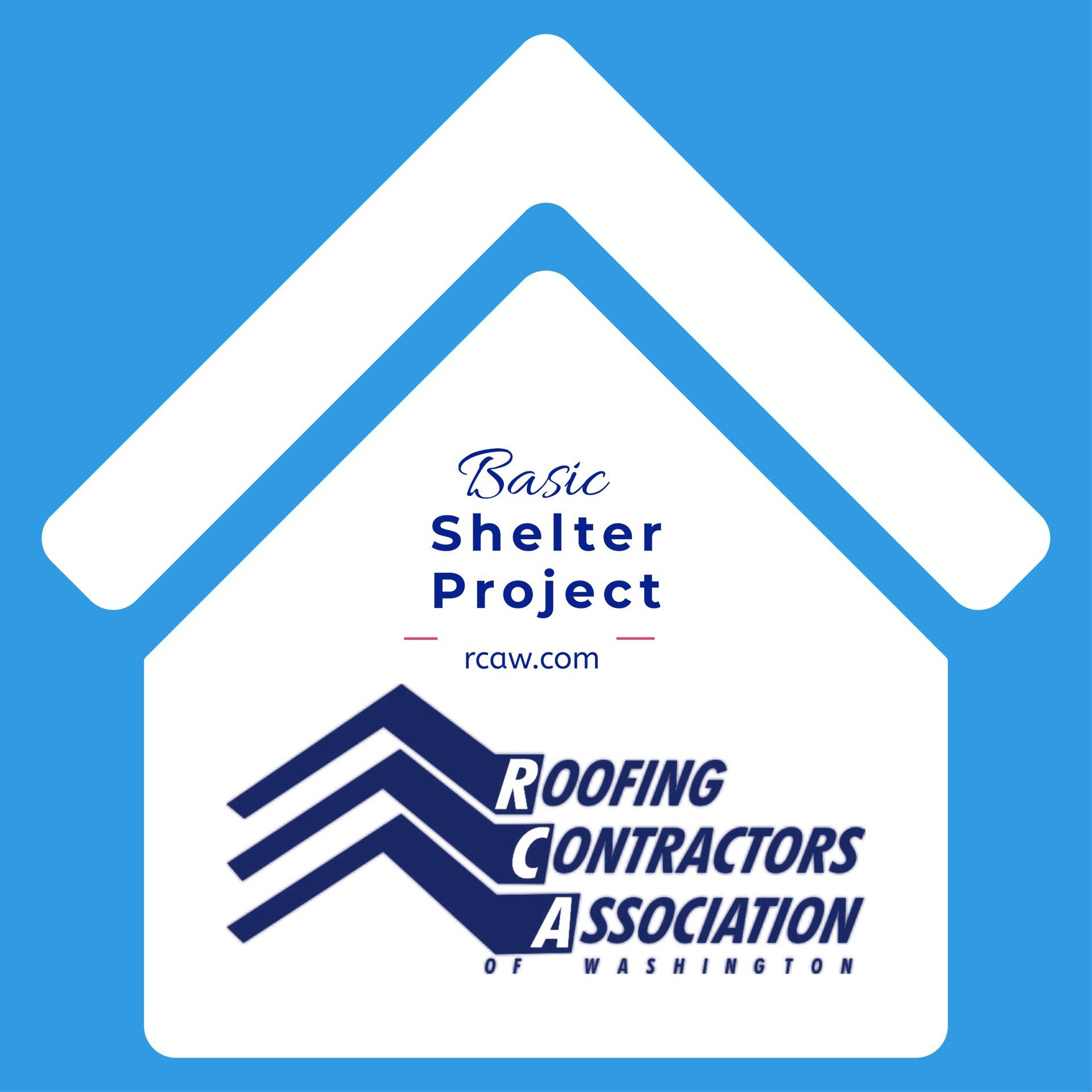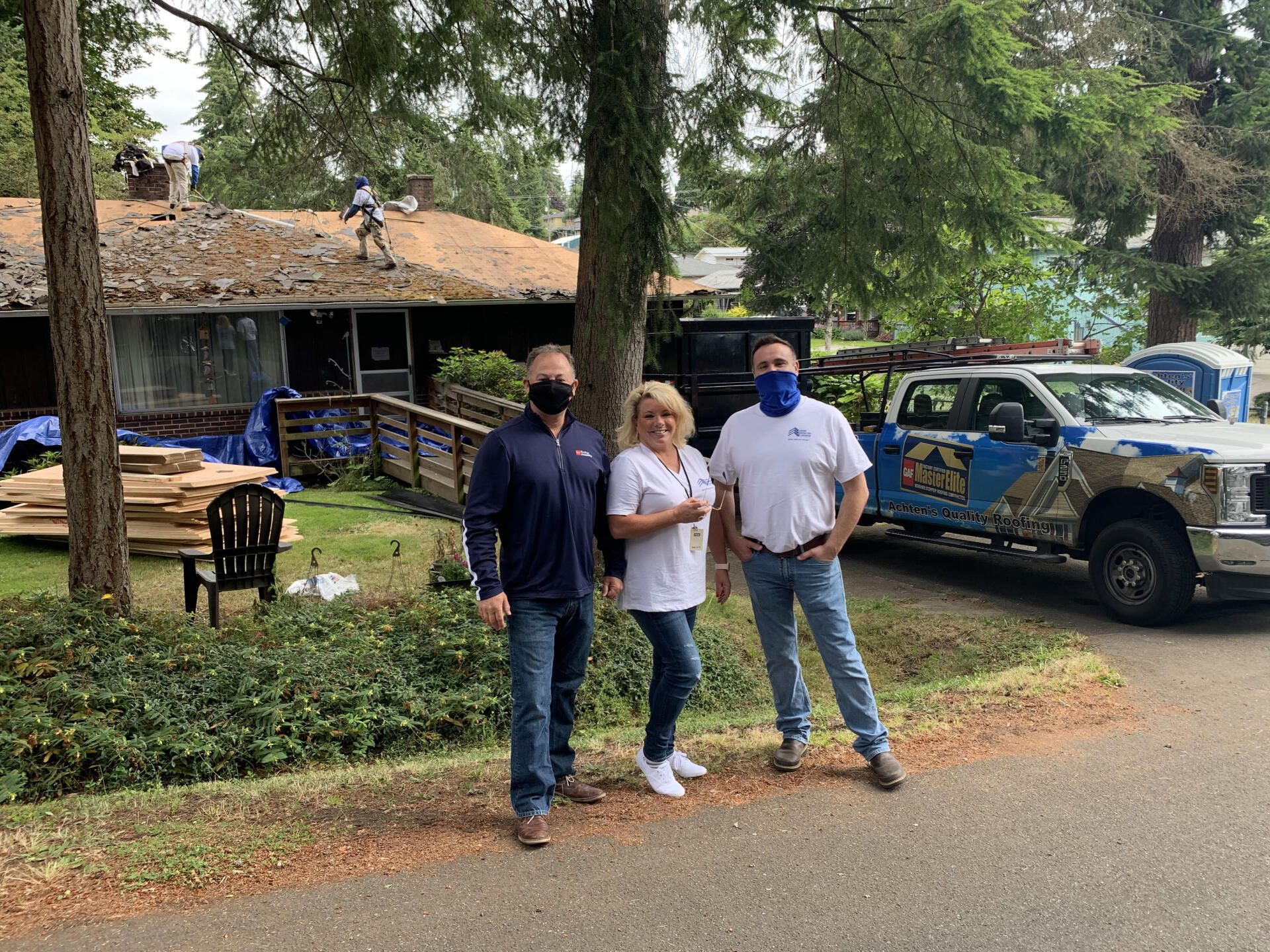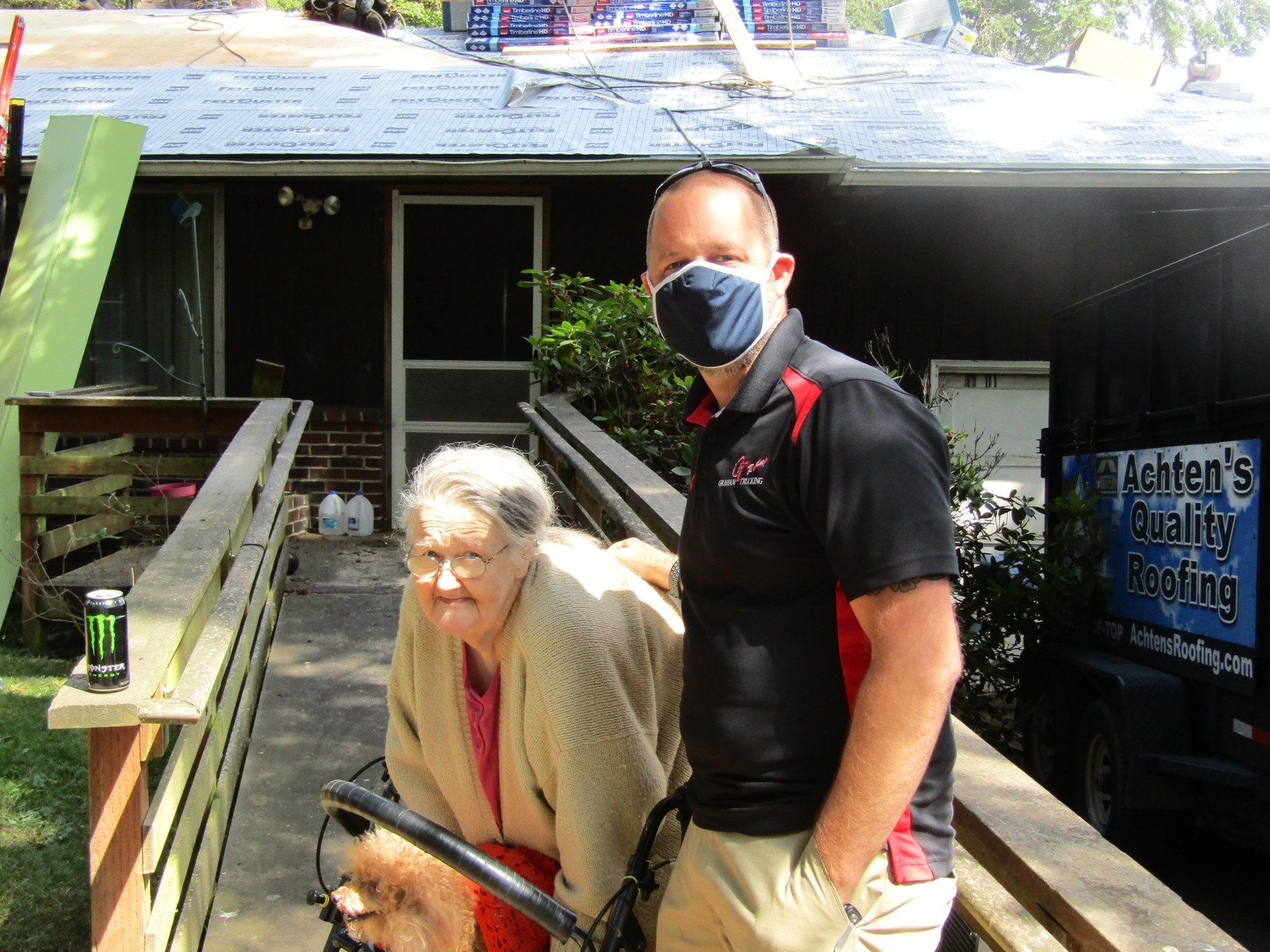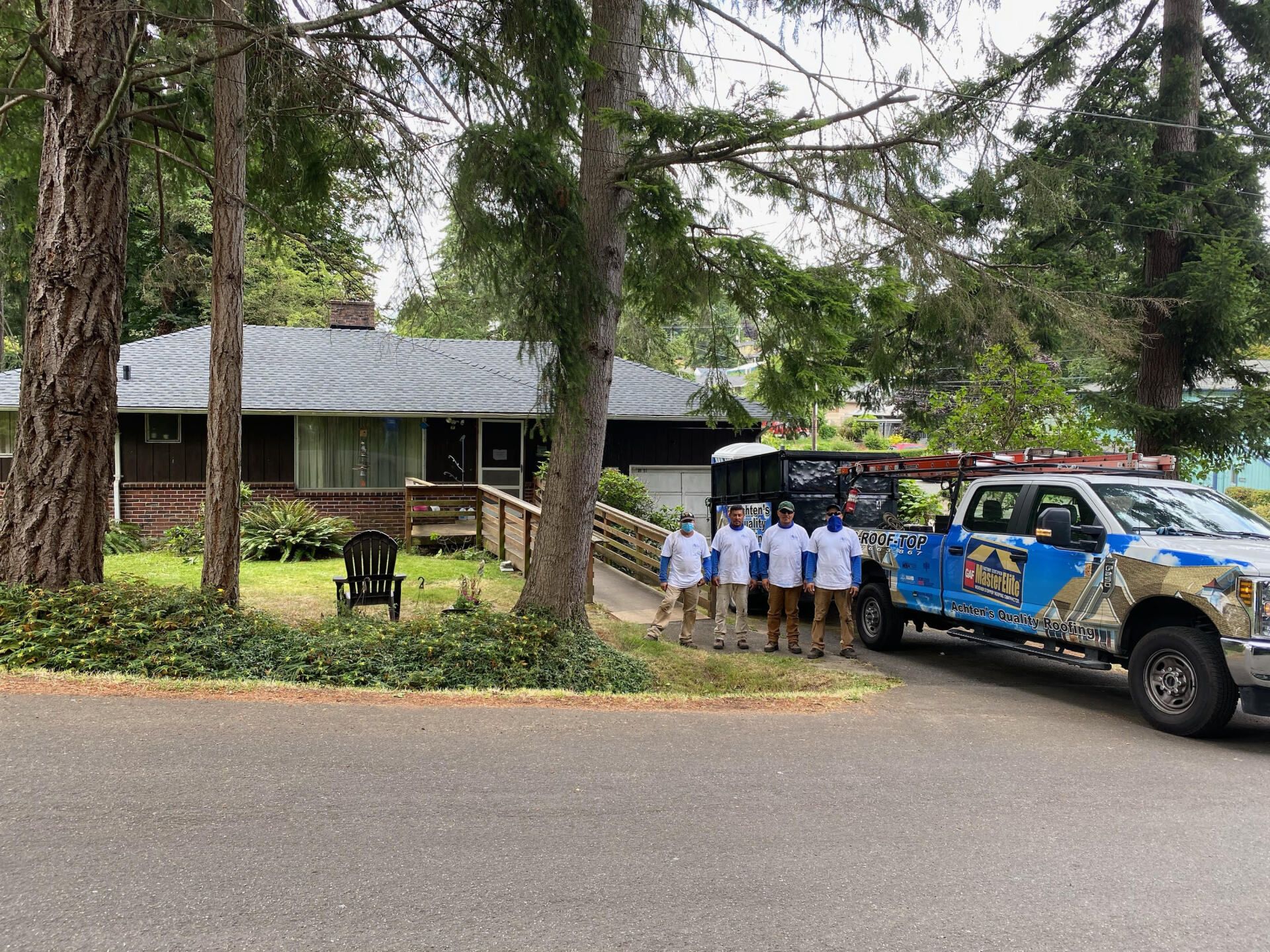Property Owners
Property Owners
Member Directory
Loading...
Check Contractor Compliance
The RCAW Encourages You to Educate Yourself Before You Hire a Contractor
For roofers, verify they are a Member of the Roofing Contractors Association of Washington.
For roofers and all other trades, make sure your contractor meets the State requirements and is in good standing with the Department of Labor & Industries and the Department of Revenue.
Be an informed consumer and hire smart! Use these tools to be sure you're working with a registered contractor who has a valid bond and insurance.
The Verify a Contractor, Tradesperson or Business tool
allows you to:
- Look up subcontractors and tradespeople.
- Verify if the contractor has an active license.
- See if they have safety or construction citations.
- Find out if they have lawsuits against their bond.
- Confirm names of business owners.
- Check to see if they have an active worker’s compensation account.
- Check to see they have a business license with the Department of Revenue.
- And, much more.
You can also verify that the tradesperson performing electrical, plumbing, elevator installation, or manufactured home installations is certified (licensed) in Washington.
See our Protect My Home
page for tips and tools to help you hire smart! We have also created the Hire Smart Step-by-Step, a homeowner's guide to hiring a contractor that will help you find a contractor who is qualified to handle your project, and avoid many of the most common problems. But, if you do have problems, find out what you can do.
Roofing Terminology
Whether it is a point of architectural interest or a feature that blends into its exterior, the roof of your home provides substantial protection against the elements. It keeps all the structural components dry, helps control energy bills and shelters everything below it.
Although a roof lasts many decades, they do need periodic attention and maintenance. When you need to talk to a professional for any kind of roofing project, it’s helpful to know the language.
Structural Components
The roof’s structural components include the framework that supports the roofing material and everything just below it.
- Roof Deck. Usually made from plywood and covered with asphalt-impregnated paper, the roof deck covers the trusses and provides a surface to which the roofing materials are applied.
- Trusses. Roof trusses form the upper support for a roof. The two main types include scissor trusses and cantilevered trusses. Cantilevered trusses provide more head space for walking in the attic than scissor trusses that meet in the center and descend at angles to the outside walls.
- Rafters. Less common than they used to be, rafters’ function just like trusses and are built on-site by carpenters instead of in a factory.
- Joists. Joists form the underlying support for the attic floor. They span one side of the home to another. They are also used in multi-story homes to support the floors.
- Soffits. These overhangs are used for architectural interest and shade. They extend beyond the roof line and the trusses or rafters are enclosed with wood.
- Eaves. The eaves around the place where the roof meets the tops of the exterior walls wrap the house and seal the edges. Gutters are often attached to the eaves to carry away rainfall.
Ventilation
All roofs require ventilation to prevent moisture condensation and thermal buildup.
- Ridge vents lie along the top center beam of the roof and let the hot air escape.
- Soffit vents are placed on the undersides of soffits that form an overhang. They are covered with some type of mesh or louvers to keep small animals from entering the attic.
- Gable end vents are built into the vertical ends of an exterior wall near the peak of the attic.
Roofing Materials
- Coatings. You’ll find foam or elastomeric paint coatings on flat roofs that are waterproof and insulating. They are either sprayed or rolled on, and usually white. Both are durable, but they do degrade over time and if not recoated or repaired, will leak.
- Shingles. The most common roofing shingle is made from asphalt and covered with granules. Architectural shingles are heavier than tab shingles and last longer. Shingles are placed over an underlayment.
- Wooden shingles have been used in the Bay area but require a good deal of maintenance and pose a fire hazard. An option for people who like the look of wooden, or shake shingles, is to use fiber-cement shake shingles, but do not require the maintenance and will not burn.
- Tiles. Made from masonry products, tile roofs are common in the Bay area for good reason. They last for decades, are attractive and blend well with the architecture of the region. They weigh more than any other type of roofing material and putting them on a roof not designed for them will require structural reinforcement.
- Metal Roofing. The most durable of all roofing products, metal roofs are lightweight and energy efficient. They’re available in a variety of colors and styles and require little maintenance.
These basic roofing terms will help you discuss your roof with a professional. It is important to pay attention to the condition of the roof because it safeguards the integrity of your entire home.
Basic Shelter Project
The Roofing Contractors Association of Washington, the leading trade organization for the roofing industry in Washington, has joined forces with its members to create the Basic Shelter Program, a way to give back to our community, in the form of a new roof to a deserving family providing shelter and security to their home.
On July 23-24, 2020 the Roofing Contractors Association of Washington joined forces with members Achten’s Quality Roofing, GAF, Stoneway Roofing Supply, Madsen Roofing, and EagleView to provide a new roof to Patricia Monroe of Burien. had reached out on her behalf in early June stating his mom was in dire need of a new roof, but at 81 with health issues and on a fixed income this was an insurmountable problem for her and their family. without the roof being redone her homeowner’s insurance would be Sadly, cancelled, adding a heightened sense of urgency to the project. The RCAW Board of Directors jumped into action and worked to put labor and materials together to complete this project and further decided to start the Basic Shelter Program where we will work together with our members to provide a new roof to a deserving party twice per year.
Ralph Waldo Emerson may have said it best when he stated
“The purpose of life is not to be happy. It is to be useful, to be honorable, to be compassionate, to have made a difference that you have lived and lived it well.”
The Roofing Contractors Association of Washington has risen to that sentiment and used its platform to make a difference. “Sometimes our industry gets a bad rap,” says Tracey Prociw, Executive Director of the RCAW. “But actually, we have incredible people with big hearts that want to give back to their community and this program will give us that opportunity to make a real difference.”
We want to invite our members to join us!
If you have an interest in this community outreach program, please contact
Tracey Prociw for more information and to be put on the list of members who can contribute to this worthy cause!
Ask a Roofer
Want to learn more before your project from a reliable source? Head over to askaroofer.com where you can find more information from a variety of sources.
Contact Us
Send Us a Message
Contact Us
Thank you for contacting us.
We will get back to you as soon as possible
We will get back to you as soon as possible
Oops, there was an error sending your message.
Please try again later
Please try again later
GET IN TOUCH
(253) 561-RCAW (7229) | Office
Director@RCAW.com or MemberServices@RCAW.com
VISIT US
3815 100th Street S.W., Building 1, Suite B
Lakewood, WA 98499
GET IN TOUCH
253-561-RCAW (7229) - Office206-299-3692 - Faxmemberservices@rcaw.com
VISIT US
3815 100th Street SW
Building 1, Suite B
Lakewood, WA 98499
© 2024
All Rights Reserved | RCAW | Powered by Aletheia Digital
